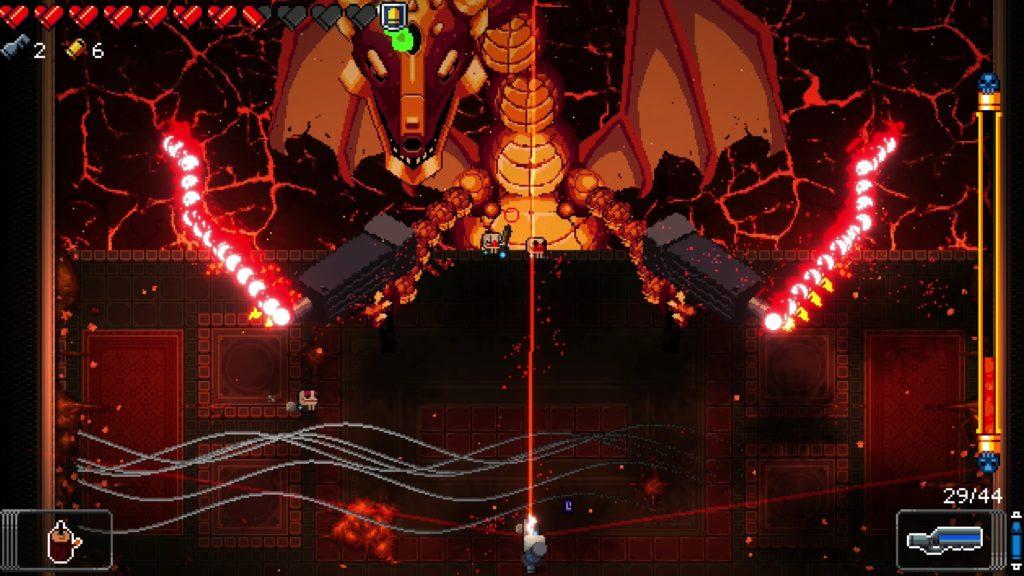For this Critical Play, I played skribbl.io with friends, including Amaru and Elliott (classmates in CS 247G!) in my room one evening. Given the themes for this Critical Play assignment, I looked to explore games that had some form of guessing/improv as a core mechanic, similar to my group’s game, Scene & Unseen. Skribbl is a browser-based game created by ticedev for an intended audience of causal gamers, which could be a group of 2-20 people (friends, a family, coworkers, etc.). In this game, one player chooses from one of three prompts to draw, and all other players are to guess what is being drawn before time runs out. This game can be played on virtually any platform with a browser (PC, mobile, console, TV), but we all played on PC this time.
Skribbl and Scene & Unseen share similarities in that they leverage creativity and guessing as key elements of the games. However, while in Skribbl, players compete with one another to be the fastest to guess a predetermined word/phrase, players in Scene & Unseen work together at their own pace to create their own interpretations in a way that encourages collaborative play as opposed to competitive play.
Creativity and Guessing

The key similarity between Skribbl and Scene & Unseen is the mechanic of drawing/acting. In Skribbl, each turn selects a new player to be the drawer, who draws some sort of prompt that the other players have to guess. Similarly, in Scene & Unseen, each turn selects a new player to be the Actor, who has to act out some sort of prompt that the other players have to use as inspiration to build their scene. This core mechanic creates a sort of dynamic between the drawer/Actor and the other players in each turn. Here, the drawer/Actor has to draw/Act the prompt to the best of their ability to allow the other players enough material to work with to take away some sort of interpretation.
One difference between the two games is that in Skribbl, the drawer can choose from one of three prompts to draw, giving them more control over their turn and autonomy over whether they want to choose something that they can draw better, want to draw more, etc. On the other hand, the Actor in Scene & Unseen is given their prompt via a random card draw, which may not always be a prompt that they can/want to act out. Giving this player more control over their prompt in a similar vein to Skribbl may make the game more fun for them, and it is certainly something we may consider implementing.
Pacing

The two games differ in how turns are paced. In Skribbl, there is a short timer that limits how much time players have to think of the answer. And once one player has guessed the correct answer, the timer is cut significantly, which creates a sense of urgency for other players to guess. This all results in a faster paced game, which allows for cycling through turns much quicker.
On the other hand, Scene & Unseen in its current from does not have any sort of timer mechanic. The turn simply ends once all of the Scene Builders have decided that they have put together a good scene for the Actor’s action. Without this time limit, turns often ran long as the Scene Builders spent a lot of time mulling over their responses, which leaves the Actor without much to do in the meantime. This slower paced game may give Scene Builders ample time, but turns can feel drawn out for the Actor. This timer mechanic is something we are planning on implementing. For example, limiting the Scene Builders to one minute should create a similar sense of urgency as in Skribbl, which prevents Scene Builders from overthinking and creates more chaos as they scramble to put together a story.
Predetermined Prompts vs. Creative Intepretation

Another core difference between the games is how they interact with the prompt mechanic. In Skribbl, the goal of the players is to guess the predetermined word/phrase that the drawer has selected, meaning that players are working towards a “correct” interpretation. In contrast, players in Scene & Unseen are not trying to guess what the prompt is but rather trying to use the Actor’s performance of the prompt as a springboard to build their own scene, which means there is no such thing as a “correct” or “incorrect” interpretation of the action. The outcome is a difference in dynamics, where one game encourages players to work towards the prompt while the other encourages players to work off of the prompt. In fact, in our game, Scene Builders do not even need to ever know what the actual prompt the Actor drew was, whereas the prompt’s reveal is a key element of Skribbl.
Multilateral Competition and Collaborative Play

Another defining difference between the two games is in the inter-player dynamics created by the games’ structures. In Skribbl, players are competing against one another to gain the most points. As a result, they are not encouraged to talk to each other because that may end up giving another player a hint to guess the answer quicker. When we played, we did not even look at each other. This is a multilateral competition where all players are competing against one another for the most points. This emphasis on competition results in limited social interactions between guessers. One potential avenue to explore would be allowing for a team feature that puts players on teams together to guess a prompt, which may foster more social interaction between players on the same team.

In contrast, Scene & Unseen is inherently a collaborative game. The scene building mechanic encourages Scene Builders to work together to create the most enjoyable story possible. And since there are no clearly defined “winners” in a given turn, players are more encouraged to interact and talk with one another, promoting positive social interactions in ways that Skribbl does not facilitate.
This is not to say that one game is better than the other based on this difference but rather an acknowledgement that these games serve different purposes. In Skribbl, the goal is to beat the other players. In Scene & Unseen, the goal is to tell an enjoyable story together. This difference in objectives naturally creates differences in player dynamics. In consideration of the 8 Kinds of Fun from lecture, we can say that both games focus on expression and challenge as players have to navigate the drawer/Actors manifestation of a prompt. However, when thinking about formal elements of game design, specifically objectives, we can say that Skribbl is a solution-objective game where players want to solve the prompt faster than others, whereas Scene & Unseen is a construction-objective game where players create a story together. Since both games focus on different objectives, they can feature different gameplay dynamics while still leveraging similar kinds of fun.



